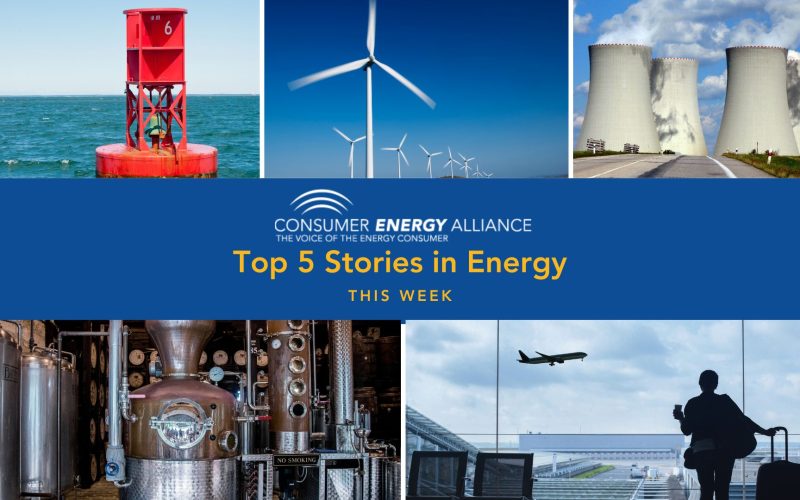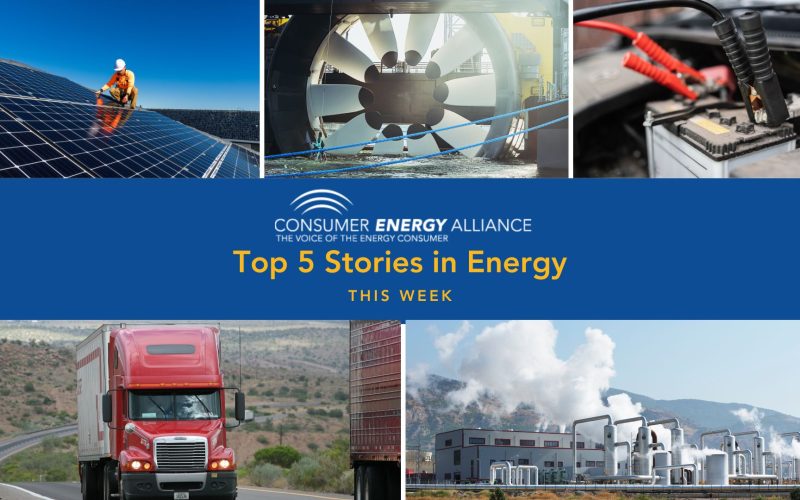THE VOICE FOR THE ENERGY CONSUMER

WASHINGTON, D.C. – In response to the Biden Administration urging OPEC nations to produce more oil, Consumer Energy Alliance President David Holt released the following statement: “With inflation and gasoline.

A vote on the proposed U.S. Infrastructure package is still pending in the U.S. Senate after negotiations fell apart on Thursday evening. The vote is now scheduled for Saturday; where.

Ultimately, consumers drive the market, but it is also in the best interest of utilities to be responsive to that market and new policies set by the states where they.

RICHMOND, VA – Consumer Energy Alliance (CEA), the leading energy and environmental advocate for families and businesses, today released a report that finds that a natural gas ban would cost.

A bipartisan infrastructure package is still on the horizon. Senate majority Leader Chuck Schumer said yesterday that he has the votes to move the $3.5 trillion package forward. In other.

WASHINGTON, D.C. – Consumer Energy Alliance (CEA), the leading energy and environmental advocate for families and businesses, released the following statement as the Senate Energy and Natural Resources Committee met.

Washington, D.C. –Consumer Energy Alliance (CEA) Federal Affairs Adviser Michael Zehr today thanked CEA’s member Tom Greer for his important testimony before the House Small Business Committee Subcommittee on Innovation,.

U.S. lawmakers continue to work towards a compromise in a bi-partisan infrastructure package. Negotiators say they are hoping to finish the package by Monday. The week kicked off with U.S..

The town of Baker, Montana, located near the border in the eastern part of the state, is home to just over 1800 people. It was founded in the early 1900s.